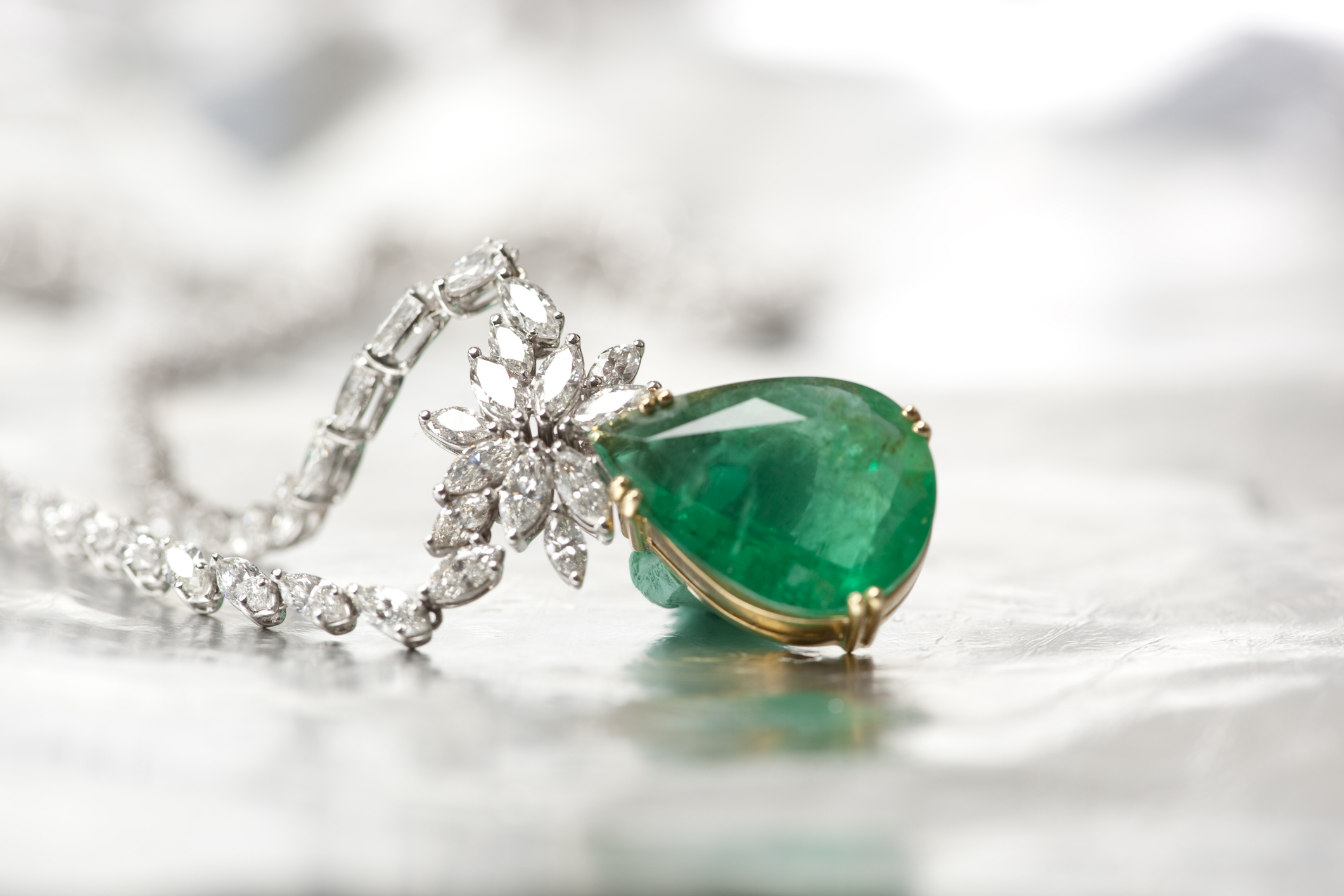The Enduring Fascination with Gemstones: Cultural and Historical Perspectives
For millennia, gemstones have captivated humanity with their dazzling brilliance and captivating colors. Far more than just beautiful stones, gemstones have played a profound role in various cultures, serving as adornments, symbols of wealth and status, and even talismans imbued with mystical powers. This rich history of jewelry and gemstones, interwoven with gems and their meanings, cultural gemstones, ancient jewelry, and gemstone significance, continues to influence the way we wear and value these treasures today.
A Journey Through Time: Gemstone Jewelry from Prehistory to the Present
Our love affair with gemstones began long before the recorded history of gemstone jewelry. Archaeological evidence suggests that early humans, as far back as 70,000 years ago, adorned themselves with shells, bones, and gemstones. These early pieces of jewelry likely served multiple purposes – practical, for fastening clothing, and symbolic, perhaps signifying social status or spiritual beliefs.
Fast forward to the ancient civilizations of Mesopotamia and Egypt (around 4000 BC), and we see the emergence of sophisticated gemstone traditions. The Sumerians became masters of beadwork, using stones like lapis lazuli, carnelian, and agate to create intricate necklaces and bracelets. The Egyptians, renowned for their elaborate craftsmanship, developed techniques for setting gemstones in gold and silver, creating stunning pectorals, scarabs, and other adornments for both the living and the dead.
Gems Across the Globe: Cultural Significance and Traditions
Throughout the history of gemstone jewelry, different cultures have ascribed unique meanings and symbolism to specific gemstones. In India, for instance, Jyotish, the Vedic astrology system, associates specific gemstones with planets and their influences. Wearing a gemstone corresponding to your birthdate is believed to bring good luck and ward off evil. Similarly, in China, jade has been revered for centuries, symbolizing purity, wisdom, and good fortune. Jade carvings and jewelry were prized possessions, often passed down through generations.
Cultural gemstones also played a significant role in the European history of gemstone jewelry. Diamonds, once considered to be shards from fallen stars, were believed to possess immense power. In medieval times, they were worn by royalty and nobility as a symbol of wealth and status. Pearls, too, held a special place in European cultures, symbolizing purity, innocence, and wisdom.
Symbolic jewelry continues to be a vital part of many cultures’ ancient jewelry. From the Hamsa hand, a symbol of protection in the Middle East and North Africa, to the Claddagh ring, an Irish symbol of love, loyalty, and friendship, gemstones express cultural identity and cherished beliefs.
The Practical Side of Gemstones: Choosing and Wearing Gemstone Jewelry
Beyond their cultural significance, gemstones offer a vast array of aesthetic possibilities. When choosing gemstone jewelry, consider the following factors:
- Color: Gemstones come in a breathtaking spectrum of colors. Think about which colors complement your skin tone and personal style.
- Cut: The way a gemstone is cut affects its brilliance and fire. Round and brilliant cuts are popular choices for maximizing sparkle, while emerald cuts showcase depth and clarity.
- Clarity: Gemstones with minimal inclusions (flaws) are generally considered more valuable. However, some inclusions can add character and uniqueness to a piece.
- Durability: Consider the intended use of the jewelry. Gemstones with a higher Mohs hardness rating (a measure of scratch resistance) are better suited for everyday wear.
Here are some practical tips for wearing gemstone jewelry:
- Mix and match: Don’t be afraid to experiment! Combine different gemstones to create a unique and personalized look.
- Consider the occasion: Opt for more understated pieces for everyday wear and bolder statement pieces for special events.
- Care for your gems: Regularly clean your gemstone jewelry with a soft cloth and mild soap. Store them in a cool, dry place to prevent damage.
Uncover the artistry behind our unique handcrafted jewelry designs. Read More
Frequently Asked Questions (FAQs) about Gemstone Jewelry
- What are some popular gemstones used in jewelry?
Diamonds, sapphires, rubies, emeralds, pearls, amethysts, topaz, garnets, and opals are some of the most popular gemstones used in jewelry.
- How can I tell if a gemstone is real?
There are several ways to identify a real gemstone. A jeweler can use specialized tools to assess the stone’s hardness, refractive index, and inclusions. You can also look for certificates of authenticity from reputable gemological laboratories.
- How much does gemstone jewelry cost?
The cost of gemstone jewelry varies greatly depending on the type of gemstone, its size, cut, clarity, and the overall design of the piece.
- Where can I buy gemstone jewelry?
You can purchase gemstone jewelry from reputable jewelers, online retailers, and even estate sales.
- Can I Design My Own Gemstone Jewelry?
Absolutely! For those who crave a truly unique piece, designing your gemstone jewelry can be a rewarding experience. Here’s how to get started:
Do your research: Learn about different gemstones and their properties. Consider the symbolism associated with specific stones that resonate with you.
Sketch your design: Even a basic sketch can help you visualize your ideal piece. Think about the type of jewelry (ring, necklace, etc.), the desired gemstone(s), and the overall style.
Find a reputable jeweler: Look for a jeweler with experience working with gemstones and a good understanding of custom design. Discuss your vision and get their expert advice on stone selection, setting options, and overall feasibility.
Set a budget: Custom jewelry can range from affordable to extravagant. Determine your budget upfront and communicate it clearly to the jeweler.

